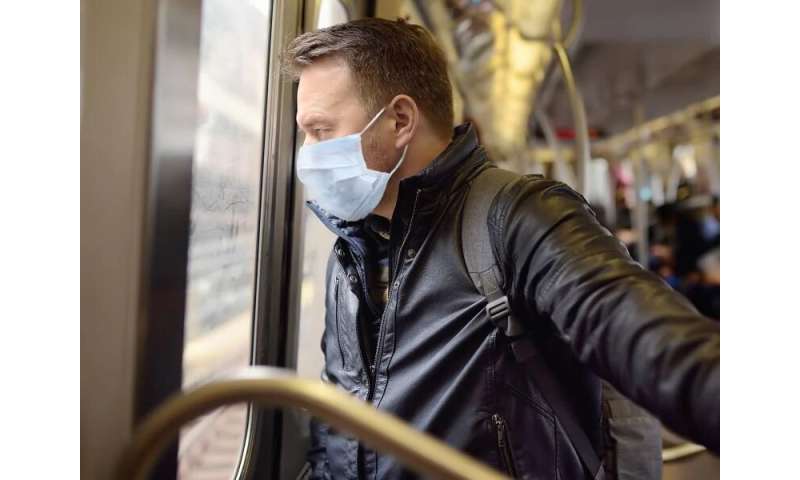
(HealthDay)—People with chronic lung disease may worry about being able to breathe freely with face masks, but they should wear the coverings if possible, four leading medical groups say.
“Individuals with normal lungs and even many individuals with underlying chronic lung disease should be able to wear a non-N95 facial covering without affecting their oxygen or carbon dioxide levels,” the American College of Chest Physicians, the American Lung Association, the American Thoracic Society and the COPD Foundation said in a statement released Thursday.
The groups acknowledged that some people with lung diseases might not be able to tolerate breathing with a mask and will seek a mask exemption from their doctor.
“However, the individual’s concerns should be weighed against societal needs to mitigate spread of the virus,” the groups noted. “In some instances, physician reassurance regarding the safety of the facial coverings may be all that is needed. Trying a variety of facial covering types may improve tolerability.”
The U.S. Centers for Disease Control and Prevention recommends face masks to curb the spread of coronavirus, and many states, cities and national retailers have issued mask mandates in recent weeks as coronavirus cases surge across the country.
The medical groups noted that tight-fitting N95 masks are reserved for health care professionals in high-risk environments and, to ensure there are enough for frontline workers, the general public should not be using them.
“There are limited studies analyzing the effects of wearing facial coverings on the wearer’s oxygen level … or carbon dioxide levels. Studies that have been done are primarily on heavy-duty N95 masks where there is a statistically insignificant percentage drop in oxygen levels and an even smaller increase in carbon dioxide levels noted among health care workers using masks for prolonged periods of time,” the groups said.
However, the use of N95 masks by members of the general public should be discouraged, except for certain immunocompromised patients who should discuss the issue with their doctors, the statement noted. Even for these patients, physical distancing should be the main method of protection.
“There are multiple facial covering options that may be more comfortable than others. Something is likely better than nothing when intolerant of certain facial coverings,” the groups said.
And there is another option: “Though face masks and face shields should not be viewed interchangeably, available data suggest face shields can reduce the amount of inhalation exposure to another droplet-spread respiratory virus, namely influenza,” their statement said.
Source: Read Full Article
